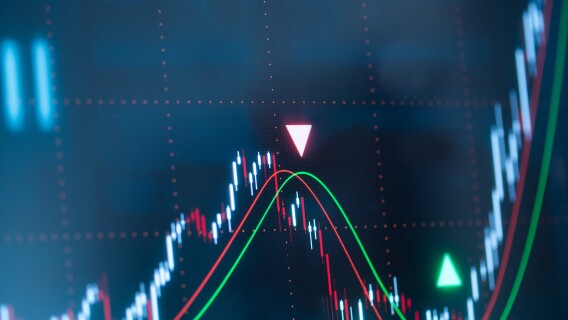The most important trend-following tool for growth stock investors is the simple 50-day moving average. You should own growth stocks that are in uptrends above it, and you should welcome opportunities to buy when those stocks correct down to that 50-day moving average. (It’s usually best if that average is rising.)
The 200-day moving average, by contrast, is of little use for long stretches of time. In long bull markets, stocks can trade well above their 200-day moving average for more than a year.
But in major corrections—and even bear markets—the 200-day moving average can be the most valuable moving average of all. That’s because just when all the news seems darkest—just when investors begin to feel that all is lost—the 200-day moving average pipes up and says, “Hey, this looks like a terrible time to sell; perhaps you should think about buying!”
[text_ad]
They say a picture is worth a thousand words, so let’s take a look at the following stock charts.
The 200-Day Moving Average, in Six Charts
The Dow Industrials
The S&P Midcap (MDY)
The S&P 600 (Small Cap)
The NYSE Composite
The S&P 500 (Large Caps)
The Nasdaq Composite (Growth Stocks)
As you can see in the charts above, the most risk-on segments of the market (growth stocks, mid-caps, small caps) have broken below their 200-day moving averages.
But, for the time being at least, large-cap stocks are still hanging in there, with the S&P 500 sitting right on top of its 200-day moving average as we write.
There’s no doubt that the market is currently headed in the wrong direction, but investors aren’t quite streaming for the exits.
Right now, most investors would be well-served to play a bit more defense as we watch to see whether what’s already a correction in small caps and growth turns into a broader correction or even a bear market.
So, for now, we’ll be keeping an eye on our favorite indicators and looking for stocks that are showing signs of resilience, as those are likely to be the next market leaders when the trend turns back up.
[author_ad]
*This post is periodically updated to reflect market conditions.







